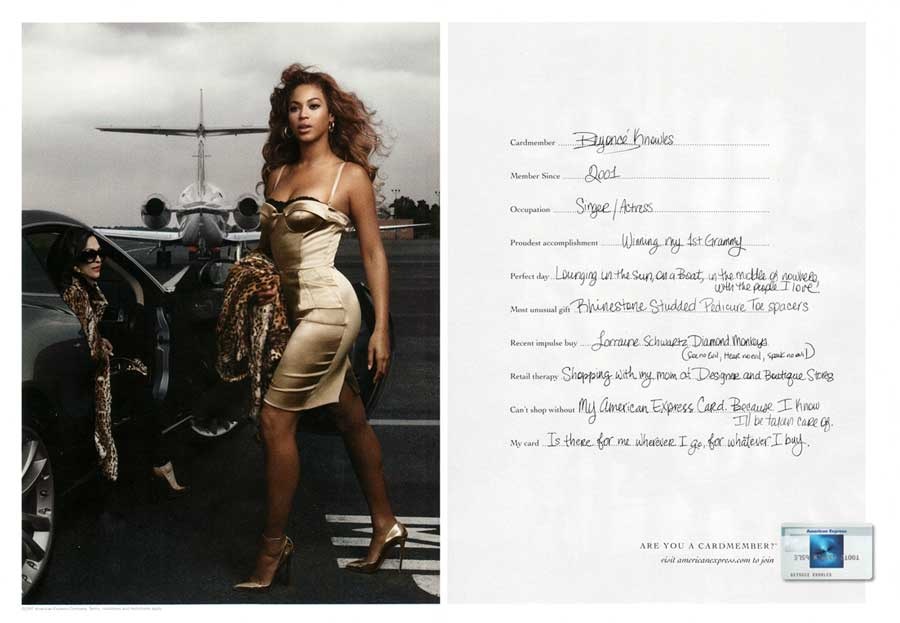With Mary Ann Metallic’s Mi’gmaq classes (high school graduate and post-graduate) in full swing, there’s been a lot of interest in reinforcing the material introduced in class outside of class time. With suggestions from the students in mind, we found Quizlet—an accessible and easy to use app that allows us to create flashcards that can be used by anyone (and everyone!) interested in learning Mi’gmaq.
The flashcards are posted after every class, which means that if you are not in Listuguj, you can still follow along and learn what we are learning! Thus far 21 sets about various topics, ranging from greetings to food, have been posted here.
Some great features of Quizlet include:
- Compatibility with Android, iOS, and most web browsers
- Ability to access offline (after pre-loading the sets)
- Ability to import media–Mary Ann hand-picks the pictures that go along with each flashcard
- Ability to record audio to hear what the words sound like in Mi’gmaq–in fact, we’ve been recording the flashcard sets with different voices from around the community, so the students can hear what different speakers sound like (and even some of the students are involved!)
- Ability to test yourself in fun ways (matching, spelling, multiple choice, space race) and compete with others for a high score
- Make your own flashcards–once you have a Quizlet account, you can either search for flashcard sets that are already made, or create your own
- Great teacher function: Quizlet can generate quizzes from a set of flashcards and, depending on your preferences, can create multiple choice, matching, true false and written questions
Check out the “Learn Mi’gmaq Flashcards” tab at the top of our page and see how fun it is for yourself!

